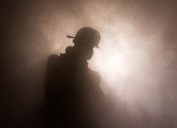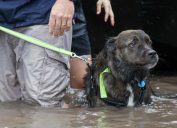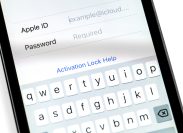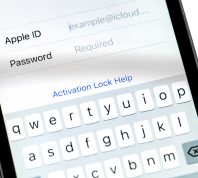
I've been around enough bad guys that I can spot one in fewer than three seconds. That's thanks to more than three decades of combined law enforcement, safety, and security work. Most people, however, are totally unprepared for the perils that can happen in an instant.
According to the U.S. Department of Justice, a person becomes a victim of identity theft every five seconds. A home is burglarized every 18 seconds. And an aggravated assault takes place every 37 seconds. How many mass shootings and other tragedies will you witness on the nightly news before some sort of disaster strikes home for you? Would you know what to do in an emergency?
Your answer is why I wrote Prepared, Not Scared: Your Go-To Guide for Staying Safe in an Unsafe World. Think of this book as your bedside bodyguard. It's packed with practical guidance that can save your life and your loved ones based on advice from world-class security experts and my own 30-plus years of on-the-streets experience as a bodyguard, private investigator, New York City cop, and personal security contributor for NBC's Today show, ABC News, and Good Morning America.
I've provided executive security services for the king of Greece, the Rockefeller family, former First Lady Jacqueline Kennedy Onassis and John Kennedy Jr., and Martha Stewart, and have been endorsed by such friends and professional colleagues as Sylvester Stallone, former New York City police commissioner Bill Bratton, Deborah Norville, Megyn Kelly, Rachel Ray, Dr. Mehmet Oz, and Inside Edition. If there's one thing I've learned in all my years of protecting others, it's that there's no one better to protect yourself than you. You must recognize dangerous situations before they escalate, and react quickly and decisively when they do. Here are a handful of personal security tips everyone can use to stay safer in an increasingly dangerous world.
1
Carry a fake wallet.
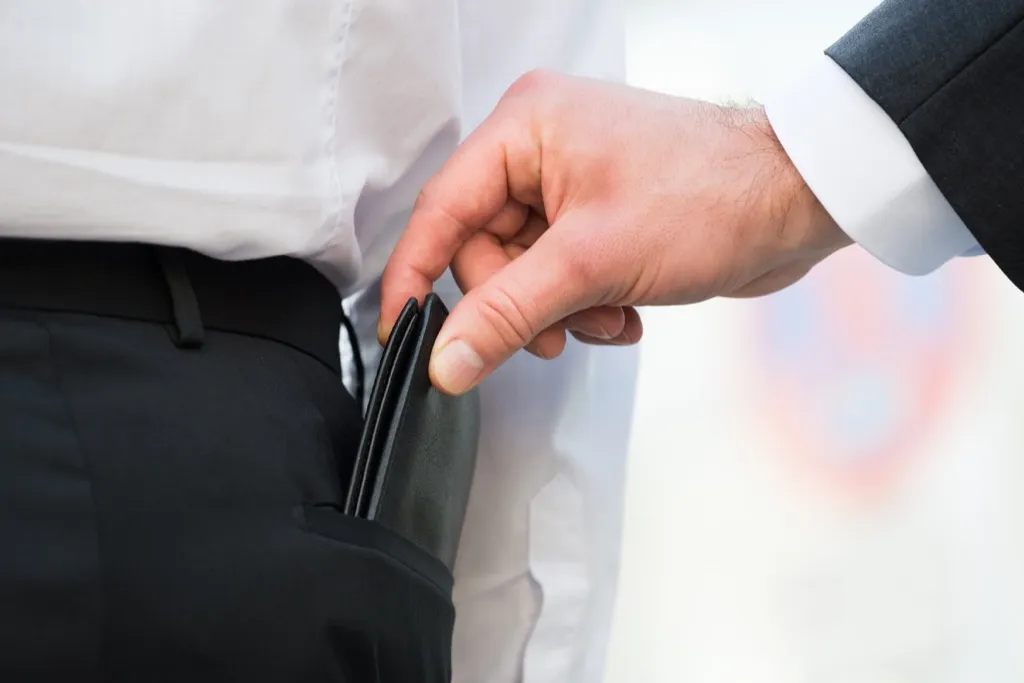
When traveling, avoid high-traffic, claustrophobic areas, which are breeding grounds for pickpockets. Or carry a bogus wallet with a few bucks inside. Keep your real wallet, cash, and I.D. hidden securely where someone can't slip it out of your pocket.
2
Buy two air horns.
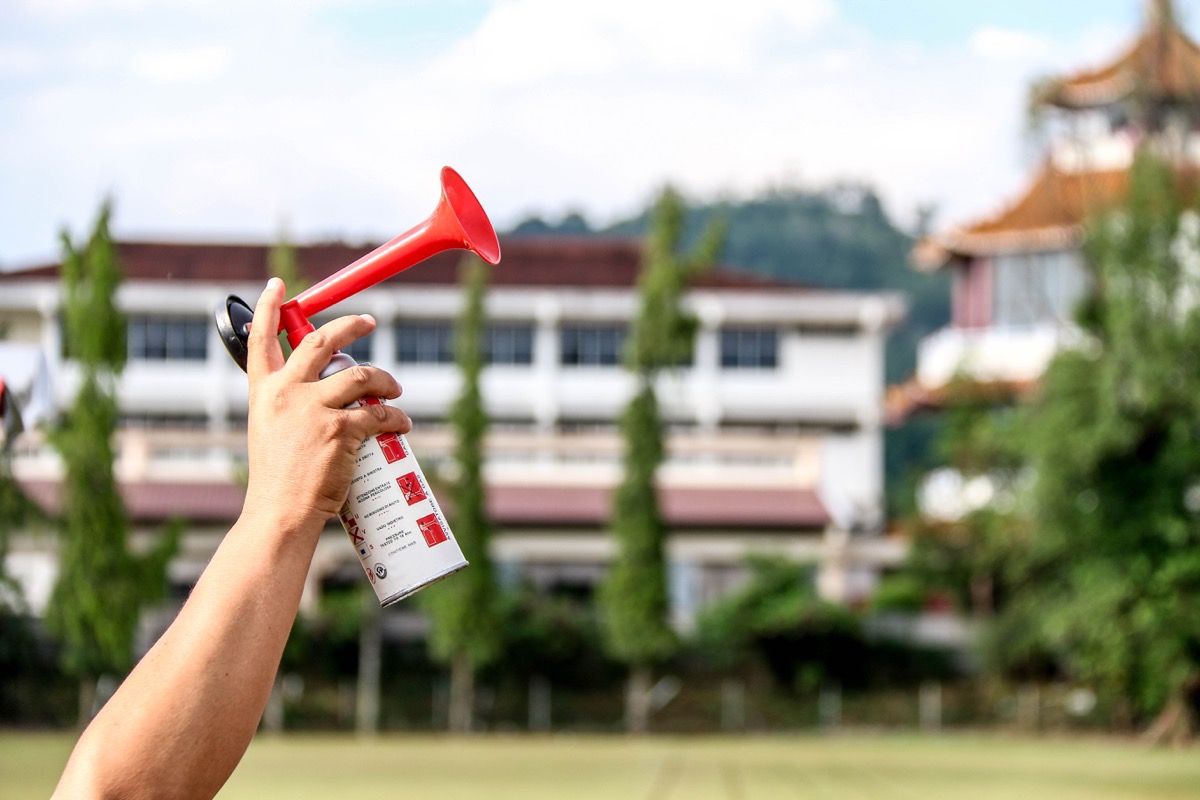
Buy a pair of air horns ($25 each on Amazon): one for your home, and one for your neighbor. If either of you hear this air horn, you agree to call 9-1-1 and direct first responders to the other's house. At 2:00 a.m., people are going to hear that piercing alarm and know something's up. (The added benefit is that the noise could scare off a bad guy.)
3
Shred your junk mail.

Your garbage is a reflection of you. Armed with your birth date, gender, and name, you'd be amazed at what an identity thief can do. Be sure to fully destroy any junk mail, family prescriptions, debit and credit card paperwork, bills, and investment statements before you trash them.
4
Turn off geo-locating on social media.

Turn off location tagging on your social media apps. Do you really want everyone to know where you are, where you've been, and exactly where a photo was taken? Use a caption to describe what you're seeing—and be vague. Revealing a region is likely more secure than, say, an exact street in San Diego.
5
Learn how to spot a liar.

There will always be people out there attempting to deceive you. Watch for a person who is trying to convince rather than trying to convey. When you ask a deceitful person a question, he or she will usually add a lot of unnecessary information rather than giving you the only answer you're asking for.
For example, let's say you ask someone, "Did you take my car?" An honest answer would be a straight "no" right off the bat. Someone who's hiding something would likely add info to be more convincing: "Hey, I'm an honest person. I don't want to go to jail!" Persuasion is often an indication of deception.
6
Think like a burglar.
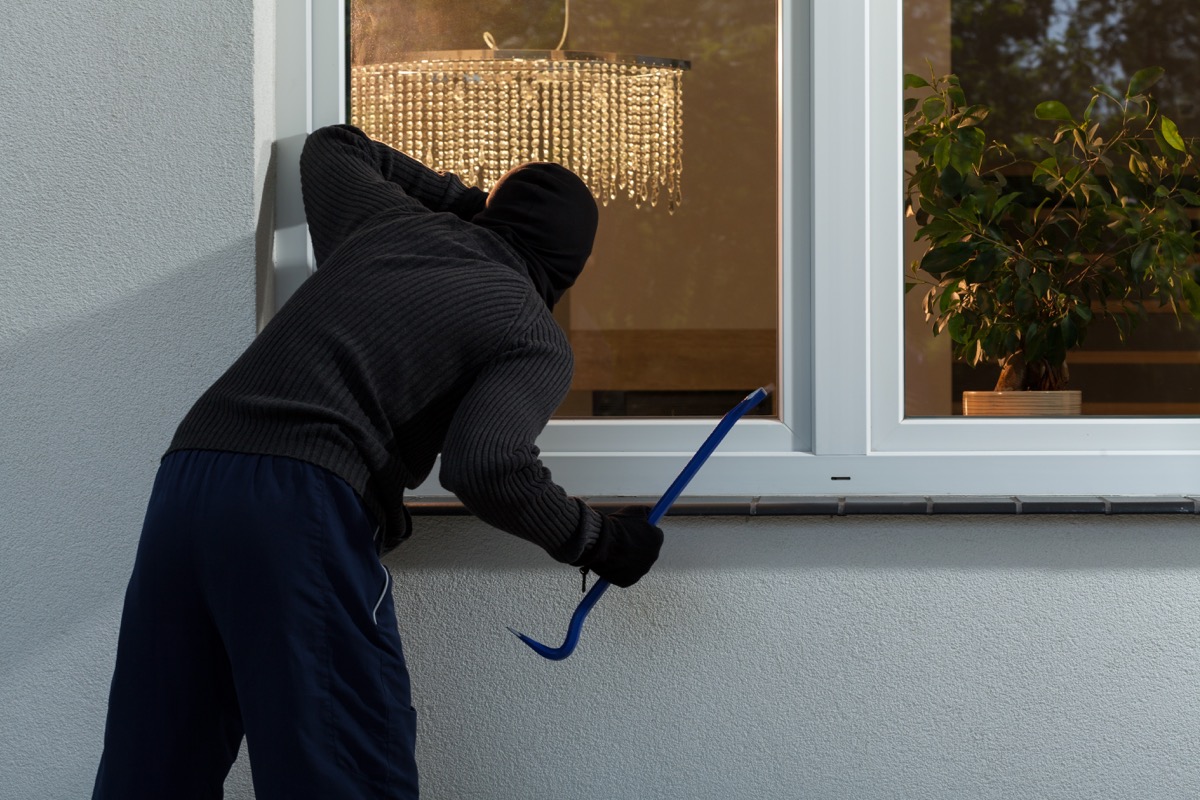
To know how a burglar might approach your house, get inside their head. Walk around the outside of your home once or twice with the mind of home invader. Think: "If I'm a burglar, which windows look easy to break or climb through?" Then look through the windows. Can you see expensive items that might tempt a thief? If so, you've got some rearranging to do.
After doing your homework, make sure each of these windows has locks, and curtains or blinds that can be drawn when you're not home.
7
Lock your second-floor windows.

"Second-story men" refers to burglars who prefer to break into a home through a second-floor window because they know that most homeowners don't tend to lock upstairs windows and doors. So, make sure you lock up the second floor access points when you leave your house.
Also, lock any ladders you keep outside to prevent burglars from using them to break into your house.
8
Invest in a security bar for every sliding door.
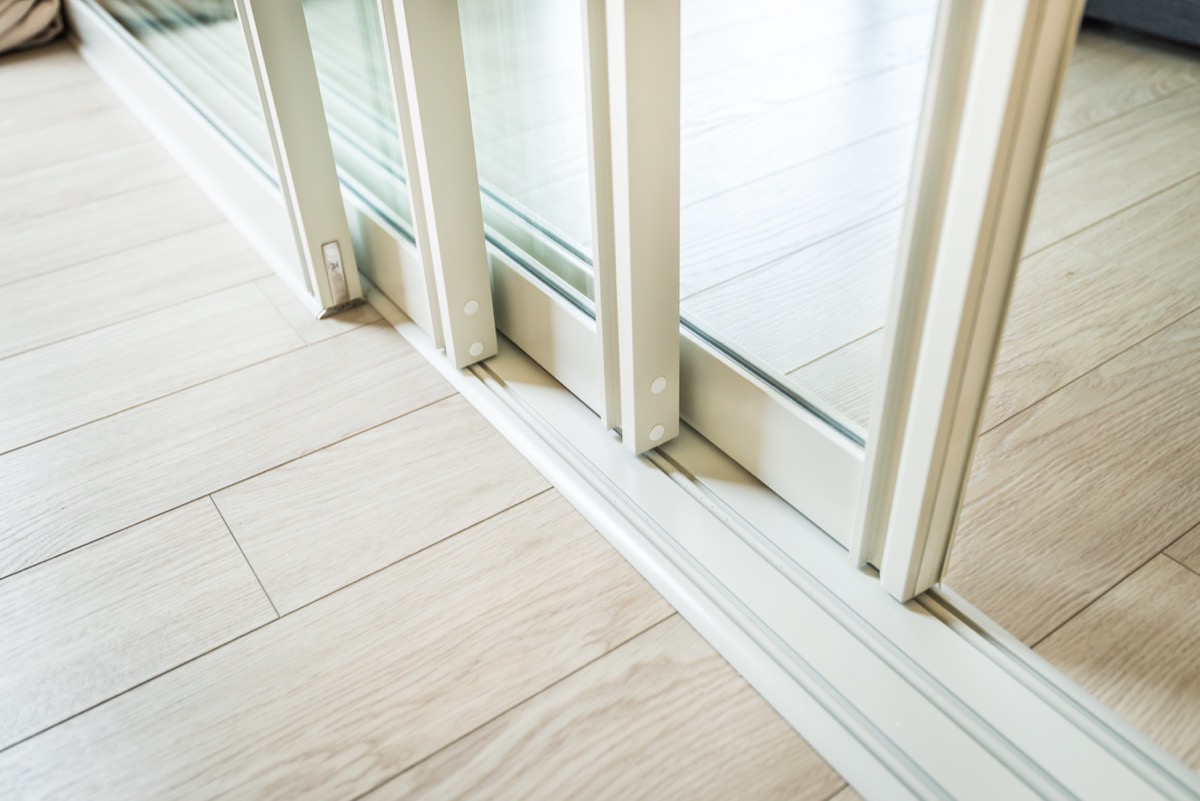
Security bars ensure that sliding-glass doors can never be opened or jimmied without breaking the glass. They will thwart burglars and, in an attack scenario, buy you time to call for help. And they're fairly inexpensive, too: This 20-gauge steel one, from Sabre, is just $20 on Amazon Prime.
9
Secure your garage door.
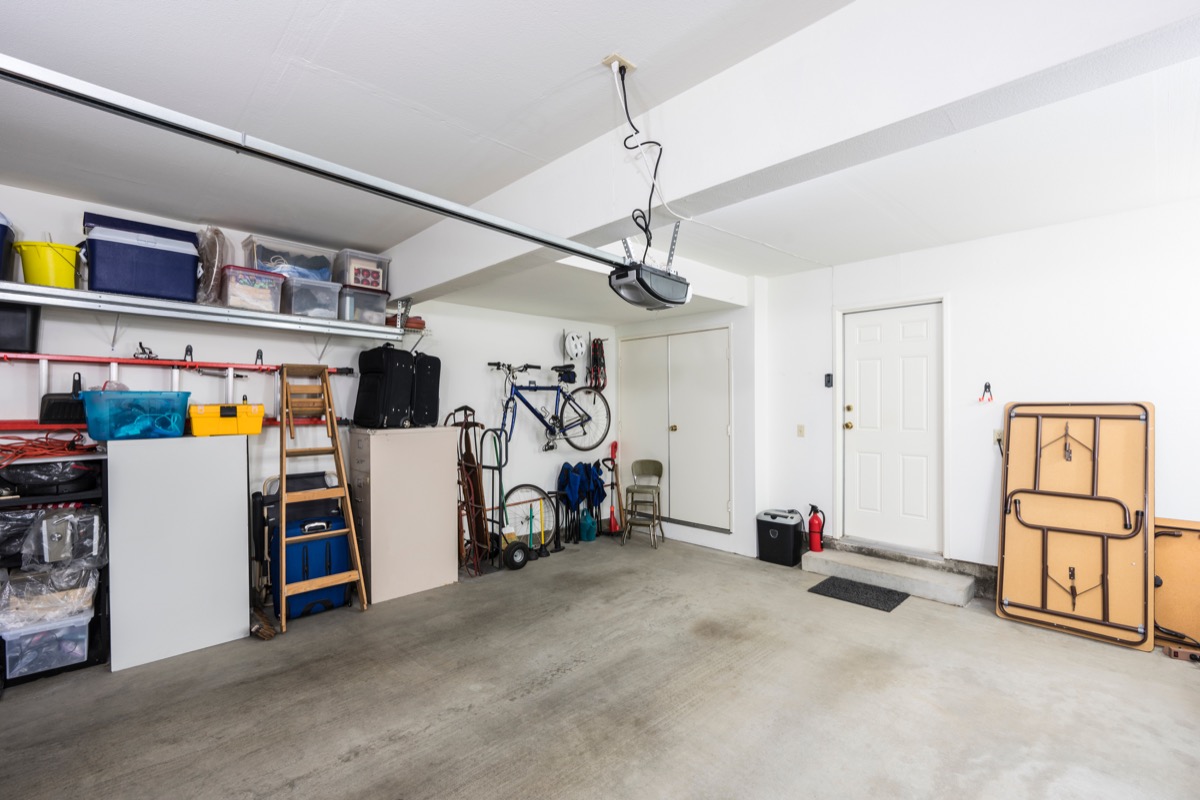
A closed garage door is about as difficult to breach as a flimsy screen door. Burglars love to pry open a garage door, or even open it (easily) using a factory-setting opener button they can buy online. So, always lock the door between your home and your garage.
10
Update your garage door code.
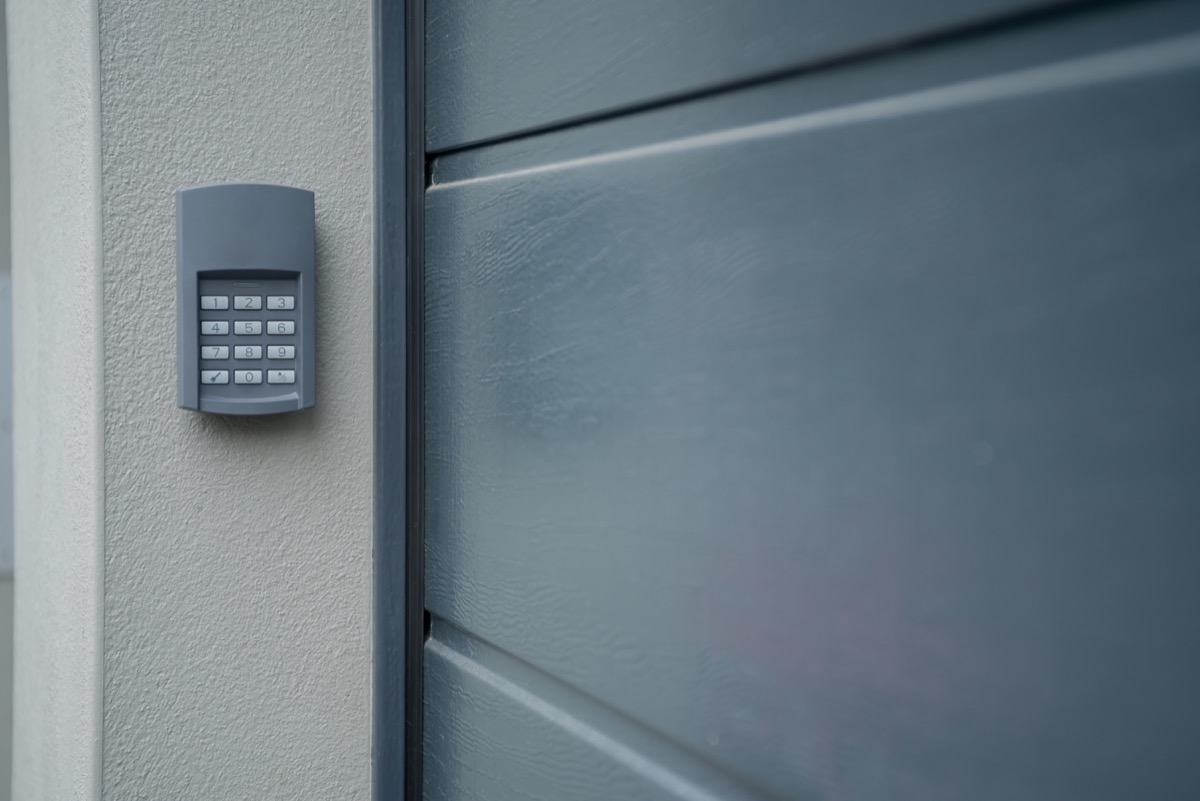
Change the code at random intervals—rather than once a quarter, like clockwork—and you'll be unpredictable to anyone casing your house. Also, never leave the factory code as your password.
11
Fence in your pool.
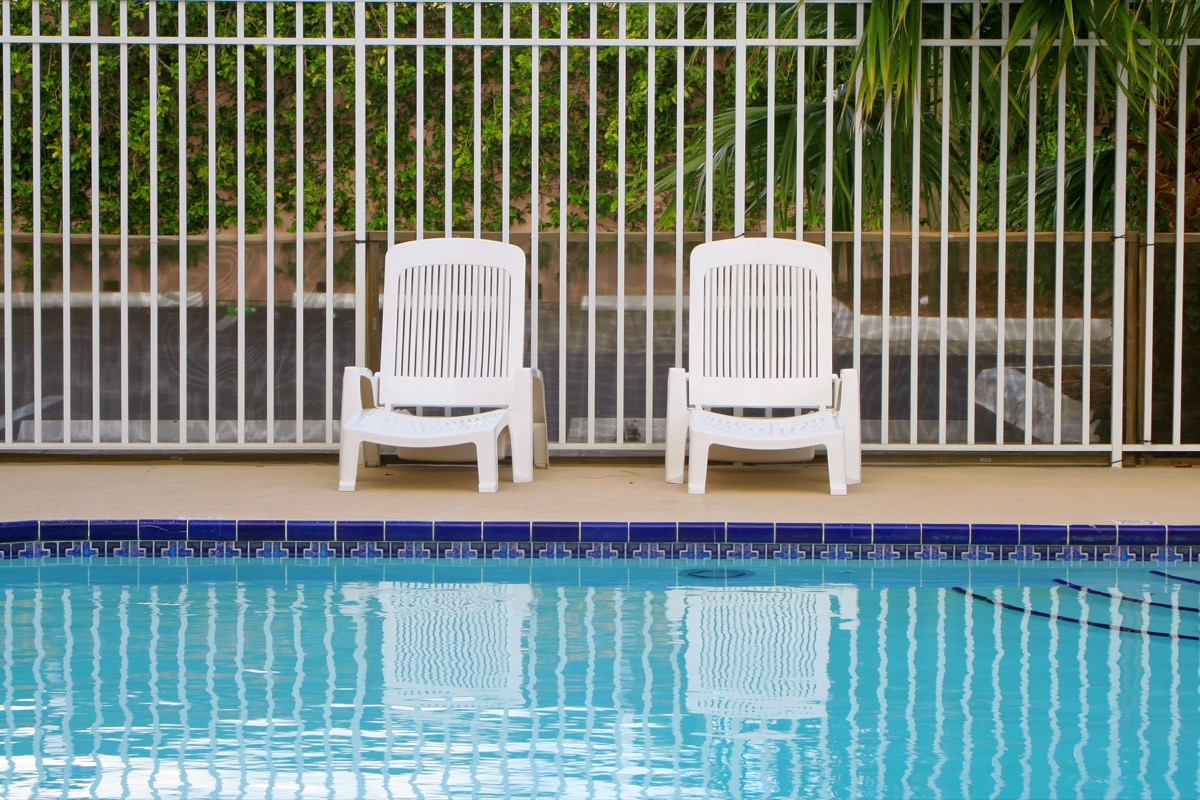
According to the United States Consumer Product Safety Commission, roughly 150 kids under 15 years old drown in pools each summer. Be sure your pool is fenced in and locked whenever you are not there. And consider a second line of defense: a pool alarm that triggers a siren if someone falls in.
12
Create a "strong room."

Choose one room—or even a closet—in your home and install interior locks to create a "strong room," a safe haven to be used in the case of a home invasion. In a worst-case scenario that prevents you from exiting the home, you can retreat to this safe room, lock the door, and call the authorities. Buying time in a dangerous scenario is key. You'd be surprised what a difference even 30 to 60 seconds can make.
13
Create a "crisis package."

Say there's a medical emergency or someone in your family goes missing. In the case of these kind of emotional crises, would you know where to go to get critical information that would help? Create a "crisis package" for everyone in the family and keep them together in an easy-to-remember location. The package should include the following:
- Recent photo
- Fingerprints
- Emergency contact information
- Photocopy of passport
- Pertinent information on any medical conditions, allergies, or immunizations
- List of medications
- A DNA sample (optional)
14
Designate a secret family "code phrase."

If a family member is ever in trouble or afraid, saying a code word or phrase can tip others off to an emergency without alarming a kidnapper or someone of that ilk. Choose something normal-sounding, like "How is Aunt Jen feeling?" or "How was work today?" This is also useful for teens who may be at a party where they feel uncomfortable, or a where they drank too much. It means you'll pick them up discreetly and come up with an excuse for suddenly being there.
15
Install at-home failsafes.
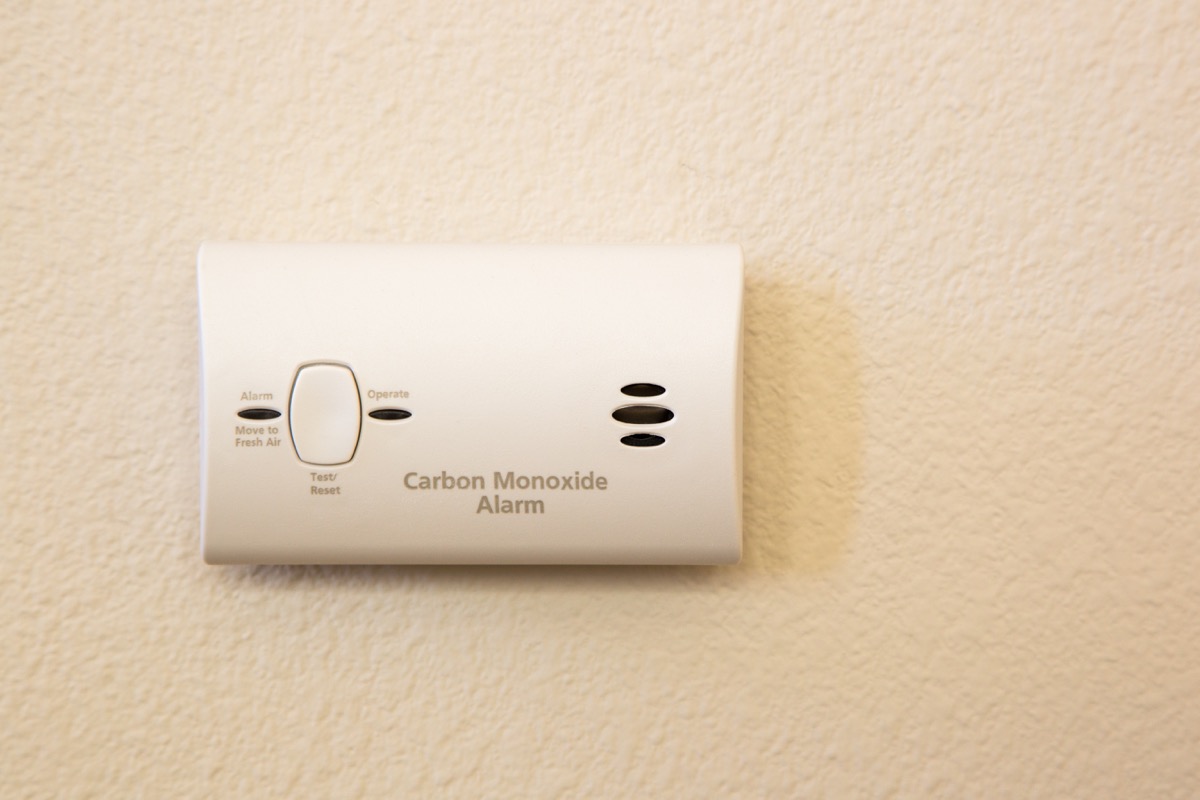
Install a working carbon monoxide detector, and multiple working smoke detectors—one or more on each level of your home. Then, educate yourself and your family on what to do in an emergency. Practice your plan every few months.
16
Draw a fire escape map.
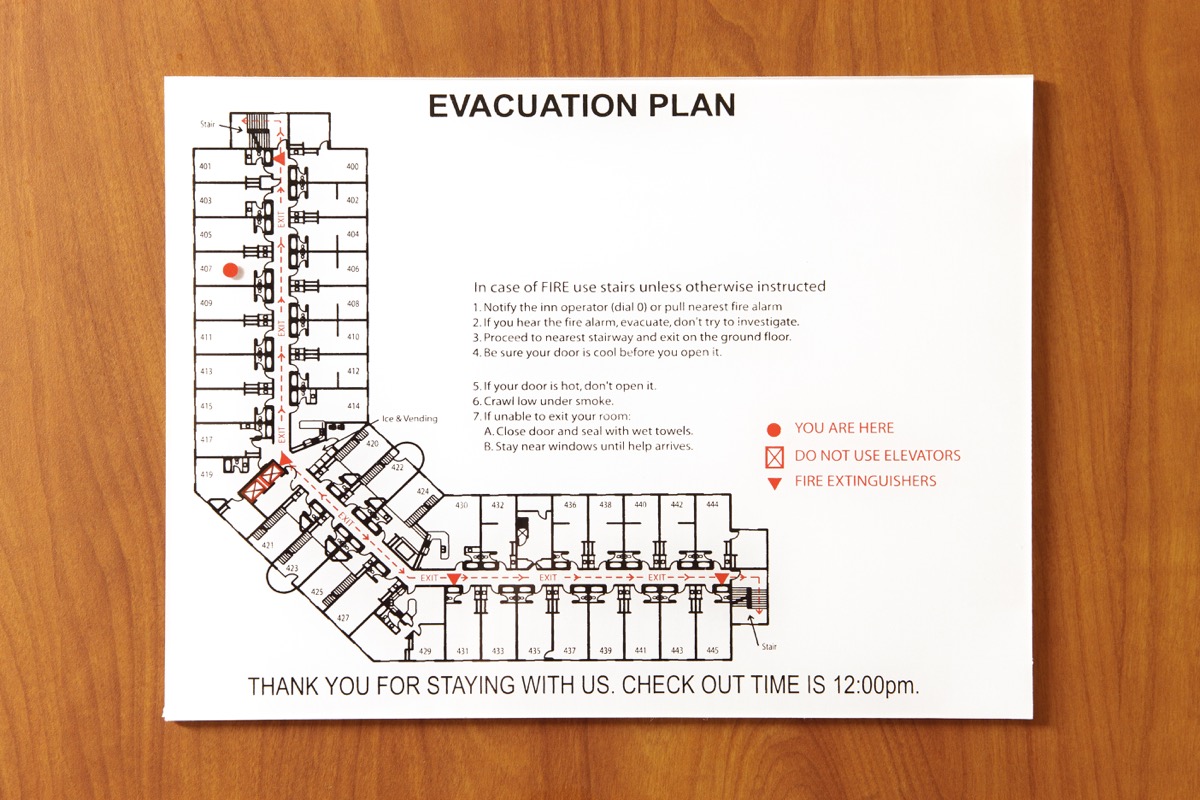
If a fire broke out in your home, would you know how to get out of the house? What if that route was consumed by fire? The National Fire Protection Association (NFPA) recommends that you create a home fire escape plan and identify two possible escape routes out of each room in your home, whether it be a window, a door, or simply moving to another room. The NFPA also offers templates on which you can draw a floor plan of your home and map out escape routes.
17
Order an EpiPen.

Often the difference between life and death is knowing what to do in an emergency and having the right tools on hand. Raja Flores, MD, is department chair of thoracic surgery at Mount Sinai Medical Center in New York. He recommends these three life-saving items, which you won't find in a typical first-aid kit:
- EpiPen. Epinephrine could save the life of someone by stopping or slowing a deadly allergic reaction, Flores says. "I would also have Benadryl in your home."
- Sublingual nitroglycerin. This is an extended release pill that you can put under someone's tongue when they're suffering from (or you suspect they could be experiencing) a heart attack. Ask your doctor if keeping sublingual nitroglycerin in your home is right for you.
- Naloxone. The "anti-drug drug" is available as a nasal spray, an injectable, or an auto-injectable that will voice instructions to the user. While that might seem like an extreme precaution, remember how prevalent opioid addiction is and that it's often hidden from loved ones. According to the National Institute on Drug Abuse, most pharmacies will sell naloxone to you without your having to obtain a prescription when you describe that you want it in case a family member, friend, or visitor is in danger of overdosing on heroin or even a prescription opioid.
18
Use hydrogen peroxide to pump a poisoned pet's stomach.

Certain plants, household solutions, and even some foods can harm cats and dogs when ingested. For example, sugar-free gum containing Xylitol is toxic to dogs. The smaller your dog, the greater the risk.
If you believe your pet has ingested an object or a poison, you should try to induce vomiting. An easy, safe way to do that is by using hydrogen peroxide. On a smaller dog, use a teaspoon; for a larger dog, a tablespoon or two will do. Hold your pet's head back and pour it into their mouth. Hydrogen peroxide foams in the stomach, makes a pet nauseous, and induces vomiting. Of course, you should also call your vet for further instructions.
19
Save the poison control hotline in your phone.
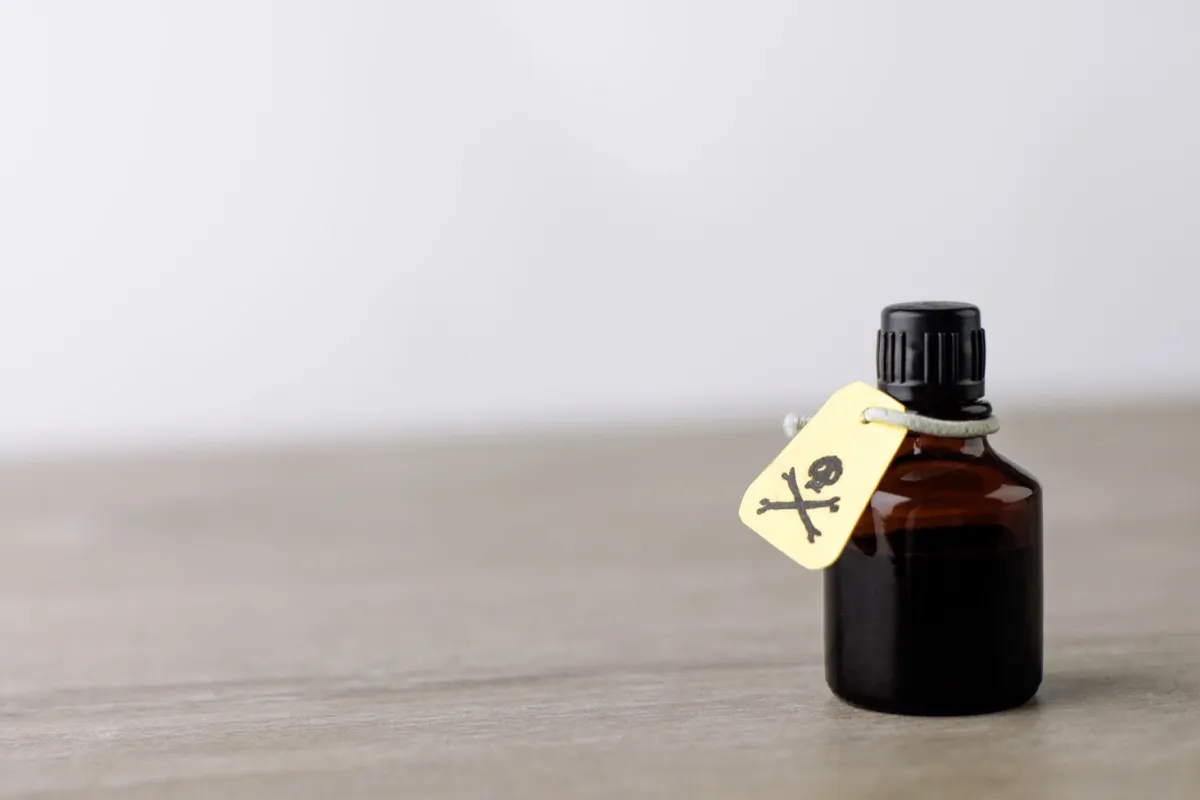
According to the American Association of Poison Control Centers, "90 percent of exposures reported to poison control centers occur in the home." Save the toll-free hotline number (1-800-222-1222) in your mobile phone and share it with any babysitters or visitors. More than two million people call the line every year.
20
Microchip your pets.

According to the American Kennel Club, "dog flipping" is a heartbreaking criminal trend on the rise. This is when a thief steals your dog, then sells it for a profit. An estimated two million dogs in America are stolen every year. To keep your dog safe, invest in a microchip, a rice-grain-sized permanent I.D. that is embedded under your pet's skin. While this may seem invasive, your voiceless dog will thank you for it when you find him hungry and lost far from home, or you're able to lead police to his captor.
21
Be wary when approaching your parked car.
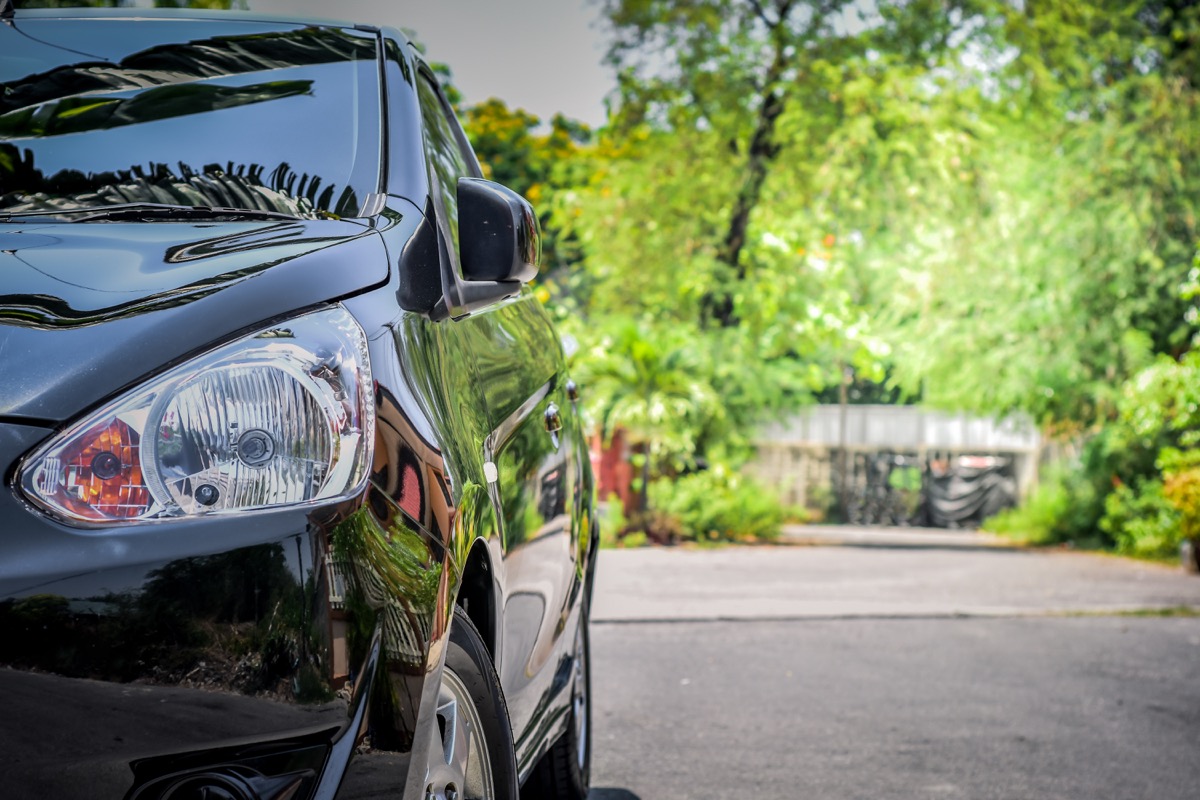
You should always park a car under lights, if possible. Someone who's up to no good won't lurk around a car in a well-lit area. When getting into your parked car at night in a dark spot, be ready for anything. While unlocking the car with one hand, keep another hand on a mace dispenser or some sort of pocket-sized weapon.
22
Pack emergency gear in your car's trunk.
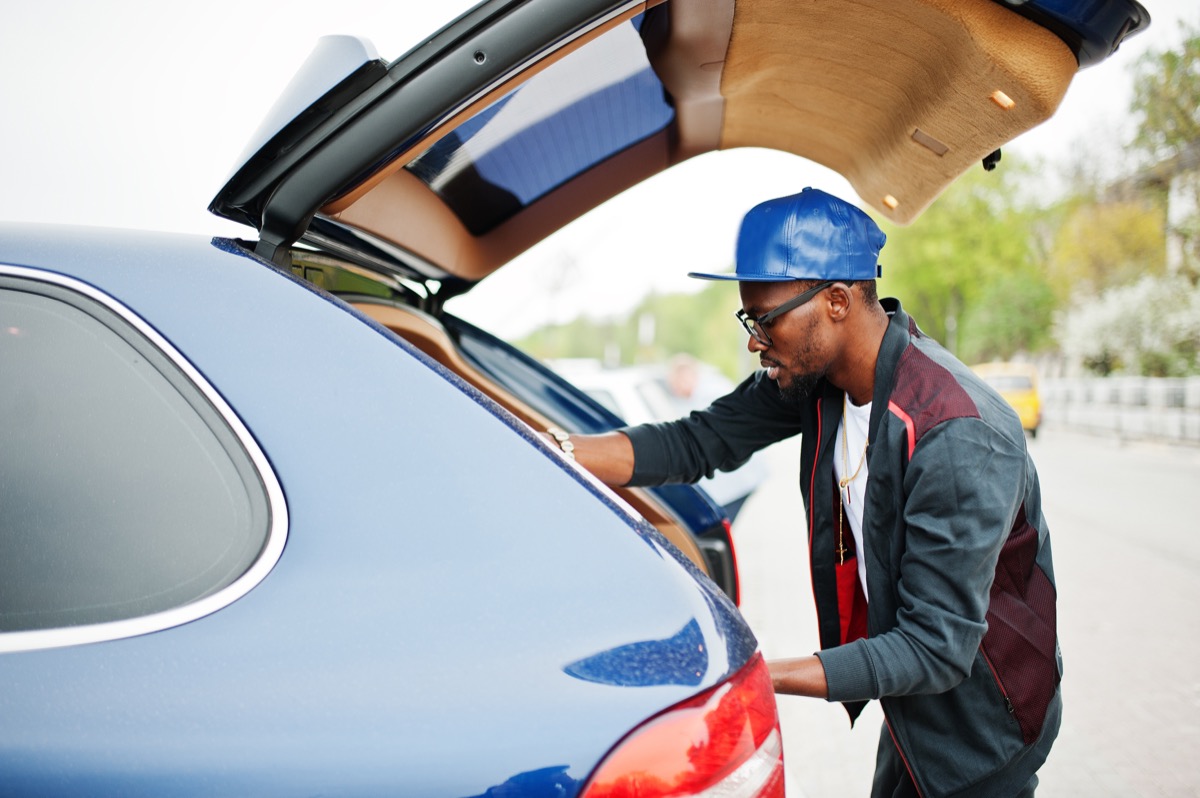
You have the room—so fill it with things you may need in an emergency. "I have a portable battery charger and a redundancy of items beyond that: jumper cables, water bottles, blankets, flares, reflective vests (if I ever need to get out of my car at night), a first aid kit, bungee cords, changes of clothes, rain poncho, spotlight, fix-a-flat, miniature shovel, umbrella, and even more," says Stanton. "Why do I have all this? I'd rather have these items there and not need them than need them and not have them."
23
Avoid first-floor hotel rooms.

Try to avoid a room on the first floor of a hotel if you can. As with all structures, it's common knowledge that the first floor is the easiest floor to breach. And be sure to engage both the automatic door lock and the typical swinging metal lock, as well as any dead-bolt locks that may be on the door's interior.
Out and about for the day? Consider leaving your TV or radio on. An intruder (or even a dishonest staff member with key access) might think twice if they hear noise behind the door. Finally, whenever you're not in your room, place your "Do Not Disturb" sign on your doorknob. You don't really need turndown service, anyway.
24
Learn the phrases you should never say to a cop.

People constantly challenge police officers on the street. A good cop will not react negatively to words. Other cops? Well, something you say in anger may give them reason to make your life miserable. Here are six common stupid things you should never utter to a cop:
- "Who are you to tell me what to do?"
- "You don't get to tell me where I go or what I can't say."
- "I pay your salary!"
- "You're a jerk."
- "Don't you have anything better to do?"
- "You're talking to me when there are actual criminals out there?"
25
Be polite during traffic stops.
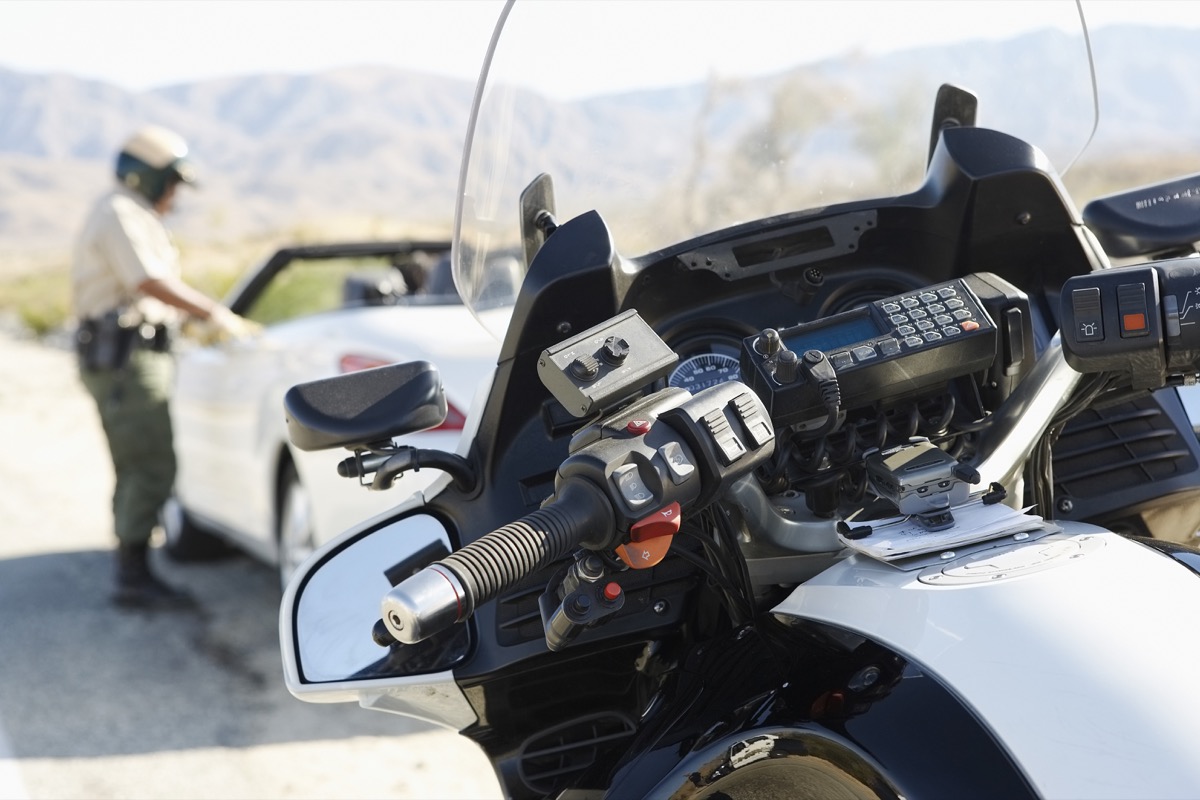
When a police officer approaches your automobile, follow these steps to display courtesy and show that you are no threat.
- Turn off your radio.
- Turn off the car.
- Keep your hands on the steering wheel or rest both of your empty hands outside the window. This signals to the officer that you are cooperative, but it also shows that you personally know police officers, and have asked them what they recommend you do when pulled over.
- If it's dark, turn on the interior lights to show you have nothing to hide.
- Once the officer approaches, ask if you should stay inside or exit the vehicle (different states have different protocols).
26
Create an active-shooter action plan.

Seventy percent of active shooter situations strike at commercial businesses or schools, according to Stanton. Tragically, this kind of violence is on the rise. If you are caught in an attack, your best chances for survival are having a plan and seeing it through. The Department of Homeland Security advises the following steps:
- Best option: Run. If there's an accessible path, try to evacuate the room or area. Don't waste time grabbing any belongings.
- Next best option: Hide. Think of an area that's both out of the shooter's view and provides cover from bullets—preferably a lockable room that you can barricade—and get there as quickly and as unobtrusively as you can.
- Last resort: Fight. Fight back only if your life is in imminent danger. That can mean yelling, throwing things at the shooter, or improvising weapons.
27
Learn how to handle a gun.

If you own a gun—or ever come across one—you should know the five fundamental rules of firearm safety:
- Treat every gun as if it is loaded.
- Never point a weapon at anything you don't intend to destroy.
- Never put your finger on a gun's trigger until you make a conscious decision to shoot.
- Always be sure of your target, what's beyond it, and what's between you and your target.
- When not in use, a firearm needs to be locked in some kind of secure container—a gun vault is best. If it cannot be secured in a locked location, then a trigger lock should be applied. A loaded firearm should never be unattended.
And to get familiar with more unexpected dangerous things that may be in your house, here are The 50 Deadliest Items in Your Home.
To discover more amazing secrets about living your best life, click here to follow us on Instagram!
